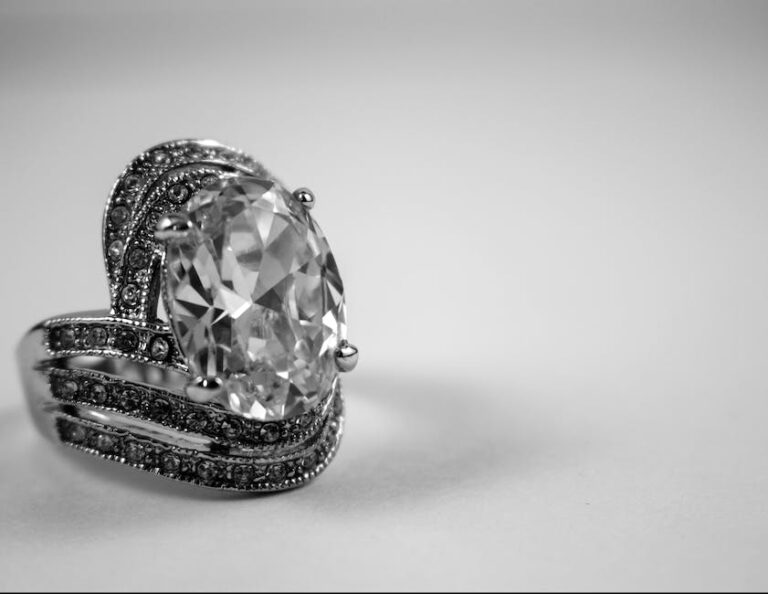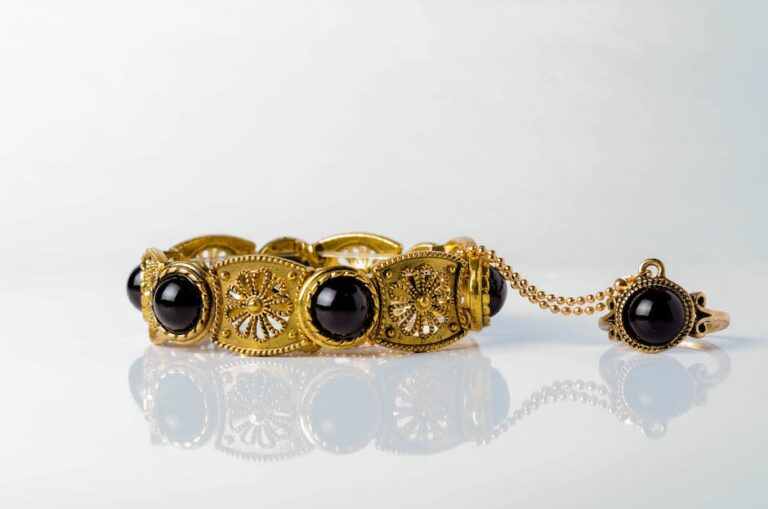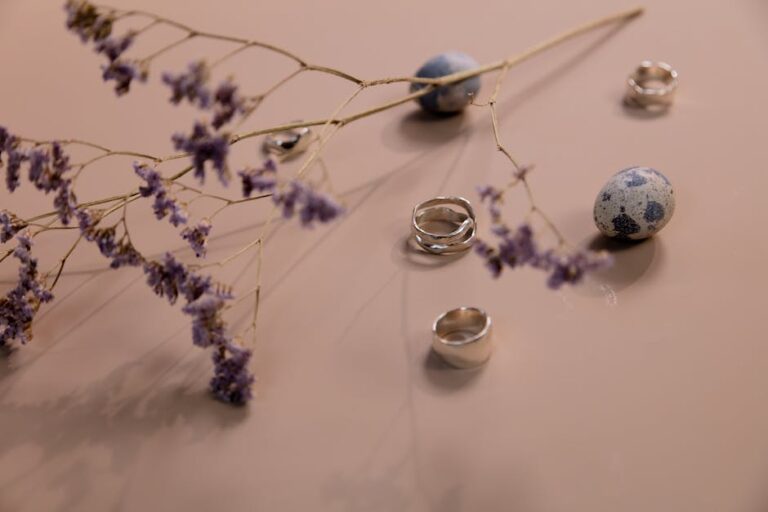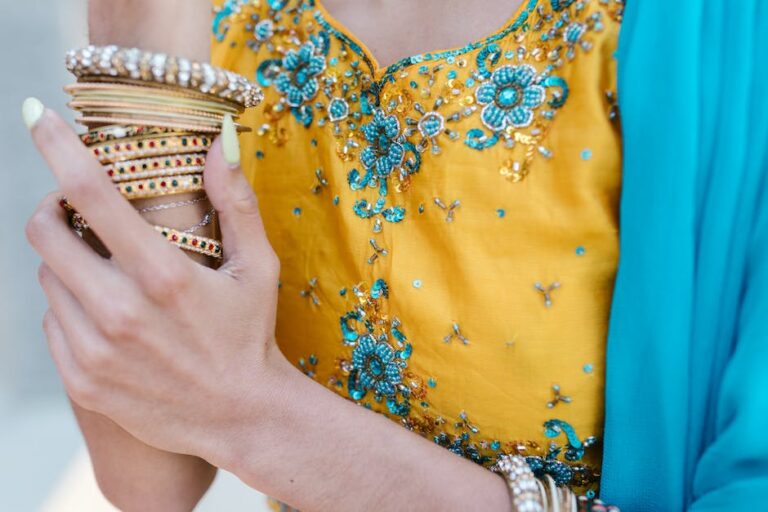The Significance of Color in Gold Jewelry: Choosing Between White, Yellow, and Rose Gold
Gold is a beautiful and timeless precious metal. It is a popular choice for jewelry making because of its durability, luster, and rarity. However, not all gold looks the same. In fact, there are several different gold colors to choose from.
When gold is mined, it is usually a warm yellow color. However, gold can be alloyed with other metals to create different hues. For example, adding copper creates rose gold while adding silver or zinc creates white gold. The proportion of additional metals used will determine the final color of the gold.
The three most commonly used gold colors in fine jewelry are white, yellow, and rose gold.
White Gold: The Modern Classic
White gold is a popular choice for modern jewelry designs because of its sleek and contemporary look. It is a mixture of pure gold and other white metals such as silver, nickel, or palladium. The result is a beautiful and durable metal that has a silver-white color.
One downside of white gold is that it is not completely white. The alloys used to create white gold can cause an off-color yellowish tinge. To counteract this, white gold is usually coated with rhodium, a hard and durable metal that makes the jewelry brighter and more reflective. However, the rhodium plating can wear off over time and need to be re-plated periodically.
Despite this need for maintenance, white gold remains a classic choice for engagement rings, wedding bands, and other important jewelry pieces. Its modern and sophisticated look appeals to many, and its strength and durability ensure it will last for years to come.
Yellow Gold: Timeless Tradition
Yellow gold is the most classic and traditional of all gold colors. It has been used for centuries to create fine jewelry pieces that are meant to last a lifetime. Yellow gold is created by alloying pure gold with other metals such as copper or silver.
One of the benefits of yellow gold is that it doesn’t need any additional coating or plating to maintain its color, making it a low-maintenance choice for everyday wear. It has a warm and inviting hue that complements all skin tones and is a favorite choice for wedding bands, engagement rings, and other special occasions.
Yellow gold has made a comeback in recent years as more and more people seek the classic and timeless look of a high-quality yellow gold piece. It can be paired with diamonds, colored gemstones, and other metals for a variety of designs that range from traditional to modern.
Rose Gold: The Romantic Metal
Rose gold has become increasingly popular in recent years, particularly for engagement rings and other pieces that convey romance and love. Rose gold is created by alloying pure gold with copper, which gives it a distinctive pinkish-red hue. The more copper used in the alloy, the stronger the red color will be.
Rose gold is a romantic and feminine choice that complements all skin tones. It has a vintage and timeless look that makes it a popular choice for vintage-inspired and bohemian jewelry designs.
One of the benefits of rose gold is that it is more durable than yellow gold. Copper is a harder and more durable metal than silver or palladium, which are often used to create white gold alloys. However, like white gold, rose gold will need to be re-plated periodically to maintain its color and shine.

Choosing the Right Gold Color for Your Skin Tone
When it comes to choosing the perfect gold color for your jewelry, it’s important to consider your skin tone. Yellow gold complements warm skin tones with yellow and olive undertones, while white gold and rose gold complement cool skin tones with pink or blue undertones.
If you’re unsure of your skin tone, take a look at the veins on the inside of your wrist. If they appear blue, you have a cool undertone. If they appear green, you have a warm undertone. If they appear both green and blue, you have a neutral undertone, which means you can wear any gold color.
It’s important to note that these are just guidelines and personal preference should be the main factor in choosing your gold color. If you love a particular gold color, then wear it with confidence!

Mixing and Matching Gold Colors: Do’s and Don’ts
Mixing and matching gold colors can be a fun and creative way to elevate your jewelry game. However, there are some guidelines to follow to ensure your combination looks stylish and intentional.
DO consider proportion. The rule of thumb is to wear the dominant color in the larger pieces of jewelry and the secondary color in the smaller pieces. For example, if you’re wearing a yellow gold statement necklace, pair it with white gold or rose gold stud earrings.
DO mix different textures and finishes. Mixing matte, shiny, and hammered finishes can create an interesting and dynamic look.
DON’T mix too many colors. Stick to two gold colors for a cohesive and sophisticated look.
DON’T mix competing styles. If you’re wearing a vintage-inspired yellow gold ring, pair it with contemporary white or rose gold earrings, rather than another vintage-inspired piece in a different gold color.
By following these do’s and don’ts, you can mix and match gold colors while still looking polished and put-together.







